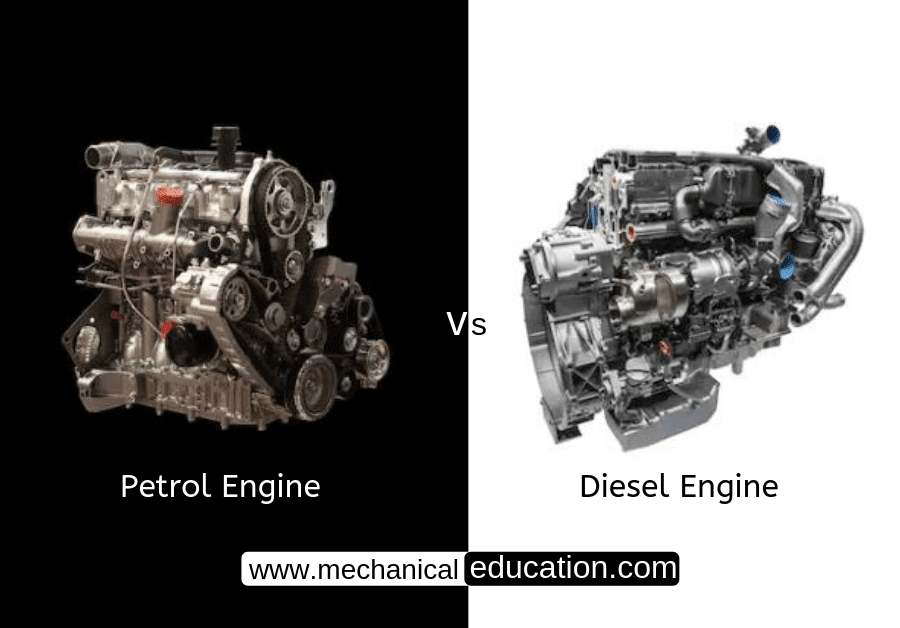Plain carbon steel is a type of steel that contains only carbon and small amounts of other elements such as manganese, sulfur, and phosphorus. It is one of the most widely used materials in various industries, including:
- Construction: Plain carbon steel is commonly used in the construction industry for structural steel, reinforcing bars, and fasteners.
- Automotive: Plain carbon steel is used in the automotive industry for various components such as gears, bearings, and axles.
- Oil and gas: Plain carbon steel is used in the oil and gas industry for pipelines, well casings, and other equipment.
- Machinery: Plain carbon steel is used in various types of machinery such as farm equipment, cranes, and machine tools.
- Railways: Plain carbon steel is used in the railway industry for rails, wheels, and axles.
- Bridges: Plain carbon steel is used in the construction of bridges and other infrastructure projects.
Overall, plain carbon steel is a versatile material with a wide range of applications in different industries, mainly due to its high strength, durability, and relatively low cost.
Frequently Asked Questions
1. What is plain carbon steel, and how does it differ from other types of steel?
Plain carbon steel is a type of steel primarily composed of iron and carbon, with small amounts of other elements. It lacks significant alloying elements found in stainless or alloy steels, making it straightforward in composition.
2. Where is plain carbon steel commonly used in various industries?
Plain carbon steel is widely used in construction, automotive manufacturing, infrastructure, pipelines, machinery, and general engineering applications due to its versatility and cost-effectiveness.
3. What are the advantages of using plain carbon steel in manufacturing processes?
Advantages include ease of fabrication, excellent weldability, affordability, and a wide range of strength levels achievable through heat treatment and carbon content adjustments.
4. Can plain carbon steel be hardened through heat treatment?
Yes, plain carbon steel can be hardened through heat treatment processes such as quenching and tempering. Adjusting the heat treatment parameters allows manufacturers to achieve specific hardness and mechanical properties.
5. How does the carbon content affect the properties of plain carbon steel?
The carbon content significantly influences the properties of plain carbon steel. Higher carbon content generally results in increased hardness and strength but may reduce ductility. Lower carbon content provides improved ductility but lower strength.
6. Is plain carbon steel susceptible to corrosion, and how is this addressed in certain applications?
Yes, plain carbon steel is susceptible to corrosion. In corrosive environments, coatings, galvanization, or the use of corrosion-resistant alloys may be employed to protect the steel from degradation.
7. What types of plain carbon steel are classified based on carbon content?
Plain carbon steel is classified into three main types based on carbon content: low carbon steel (up to 0.3% carbon), medium carbon steel (0.3% to 0.6% carbon), and high carbon steel (above 0.6% carbon).
8. How does plain carbon steel contribute to sustainable construction practices?
Plain carbon steel is often used in construction due to its recyclability. At the end of a structure’s life, the steel can be recycled, reducing the environmental impact and promoting sustainability.
9. Can plain carbon steel be machined easily for various applications?
Yes, plain carbon steel is known for its excellent machinability. It can be easily cut, shaped, and formed, making it a preferred material for a wide range of manufacturing processes.
10. What considerations should be taken into account for the proper maintenance of plain carbon steel components?
Maintenance considerations include protecting against corrosion, monitoring for signs of wear or fatigue, and applying appropriate coatings or treatments to extend the lifespan of plain carbon steel components. Regular inspections and maintenance routines are crucial.




